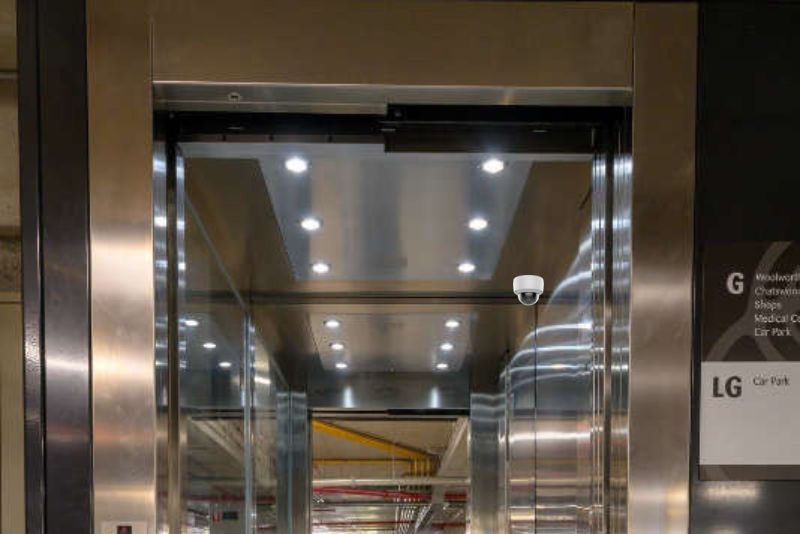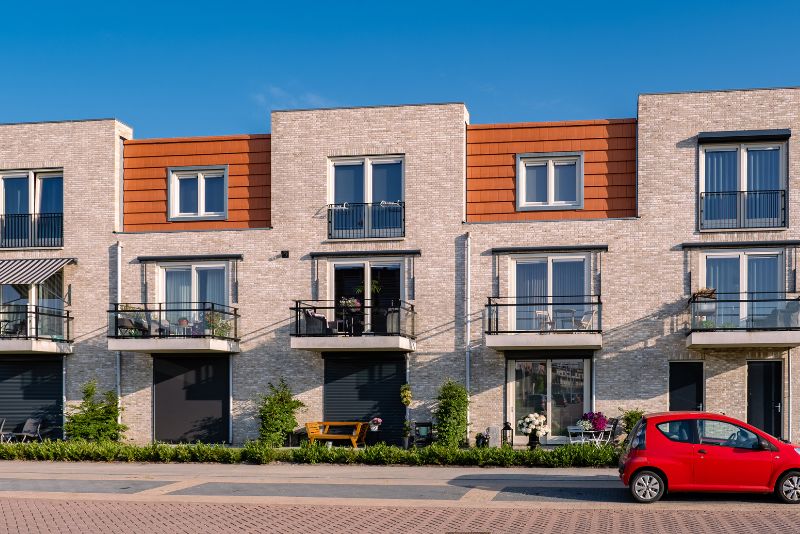In today’s fast-paced world, the safety and security of commercial spaces have never been more important. Among these spaces, passenger lifts serve as vital arteries, ferrying individuals between floors with efficiency and speed. However, with this convenience comes the paramount responsibility of ensuring the safety of its passengers. The installation of CCTV security cameras in commercial passenger lifts is not just an added safety measure; it’s a necessity. Here’s how to do it right.
Understanding the Need
Before diving into the installation process, it’s crucial to understand why installing CCTV security cameras in passenger lifts is vital. These cameras act as deterrents to criminal activity, provide evidence in case of incidents, and ensure a sense of security for passengers. Moreover, they can aid in emergency response situations, helping first responders in assessing the situation more effectively.
Pre-Installation Considerations
Assessing Legal Requirements
The first step is to understand the legal landscape. Different regions have varying laws regarding surveillance and privacy. It’s essential to comply with these regulations to avoid legal repercussions. This may involve notifying passengers about the presence of cameras or limiting the areas covered by surveillance.
Choosing the Right Camera
Selecting the appropriate camera is crucial. Consider factors such as the size of the lift, lighting conditions, and the camera’s field of view. A wide-angle camera that performs well in low-light conditions is typically recommended. Additionally, opting for a vandal-resistant design can ensure longevity.
Connectivity and Storage
Decide on a system that either stores data locally within the camera or transmits it to a secure off-site location. The latter is often preferred for commercial settings for enhanced security and ease of access.
The Installation Process
Step 1: Planning the Placement
The camera should be placed in a corner, near the ceiling, to maximize coverage and minimize tampering. Ensure it covers the lift’s entry and exit points comprehensively.
Step 2: Electrical Considerations
Consult with a professional electrician to ensure that the installation complies with electrical codes and standards. This includes powering the camera without interfering with the lift’s operation.
Step 3: Installation
The actual installation should be carried out by professionals. This involves mounting the camera, ensuring it is securely attached, and connecting it to the power and data storage solutions.
Step 4: Testing and Configuration
Once installed, test the camera to ensure it functions as expected. Adjust settings such as resolution, frame rate, and storage options as necessary. It’s also a good time to set up any motion detection or alert systems.
Post-Installation Best Practices
Regular Maintenance
Regularly check the camera for any signs of damage or tampering. Ensure that the lens is clean and that the footage is being recorded and stored correctly.
Review and Compliance
Regularly review the footage to ensure that the camera is capturing the intended areas and that the system complies with any changes in legal requirements.
Training
Ensure that staff members are trained on how to access and interpret the footage, as well as on the legal considerations of handling and storing surveillance data.
Installing a CCTV security camera in a commercial passenger lift is a step toward safeguarding the well-being of its passengers and the security of the property. By carefully considering the legal, technical, and practical aspects of installation and operation, businesses can create a safer environment for everyone. Remember, the goal is not just to watch but to protect.



